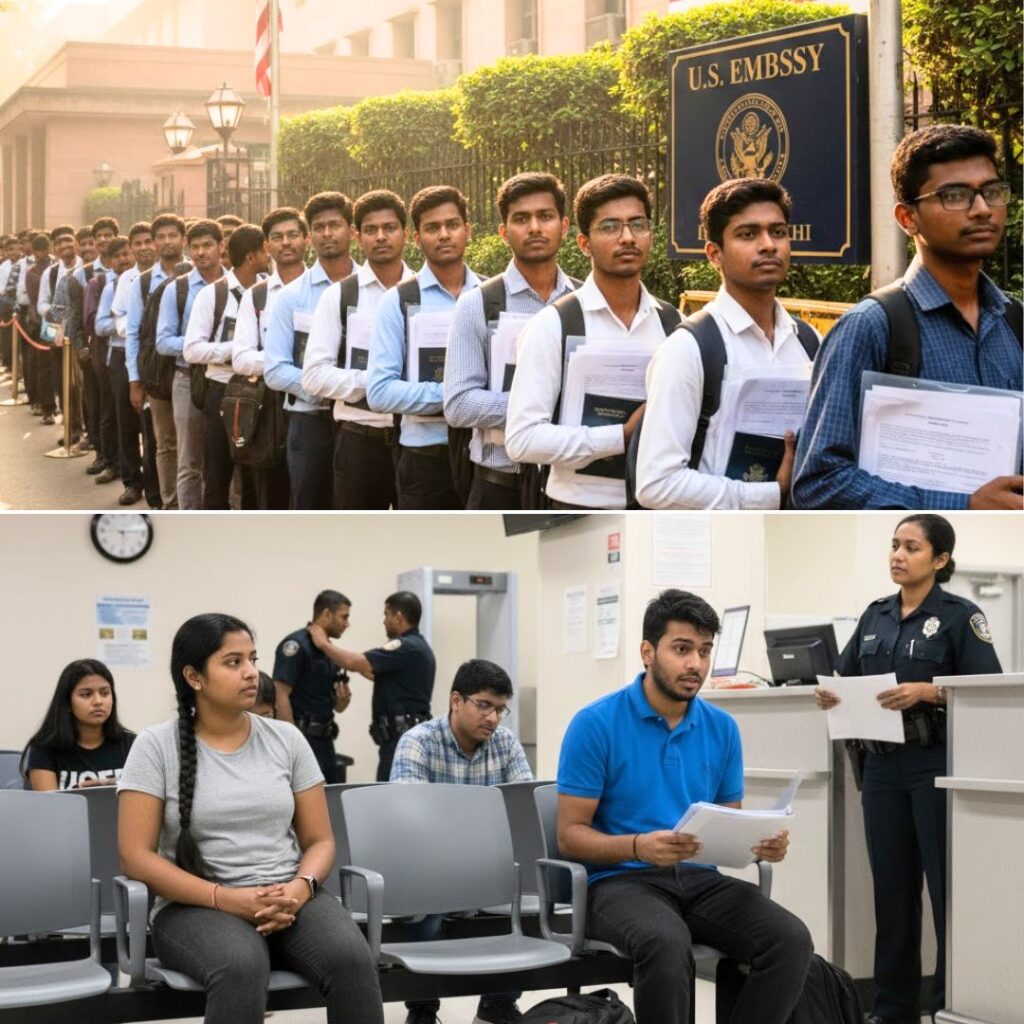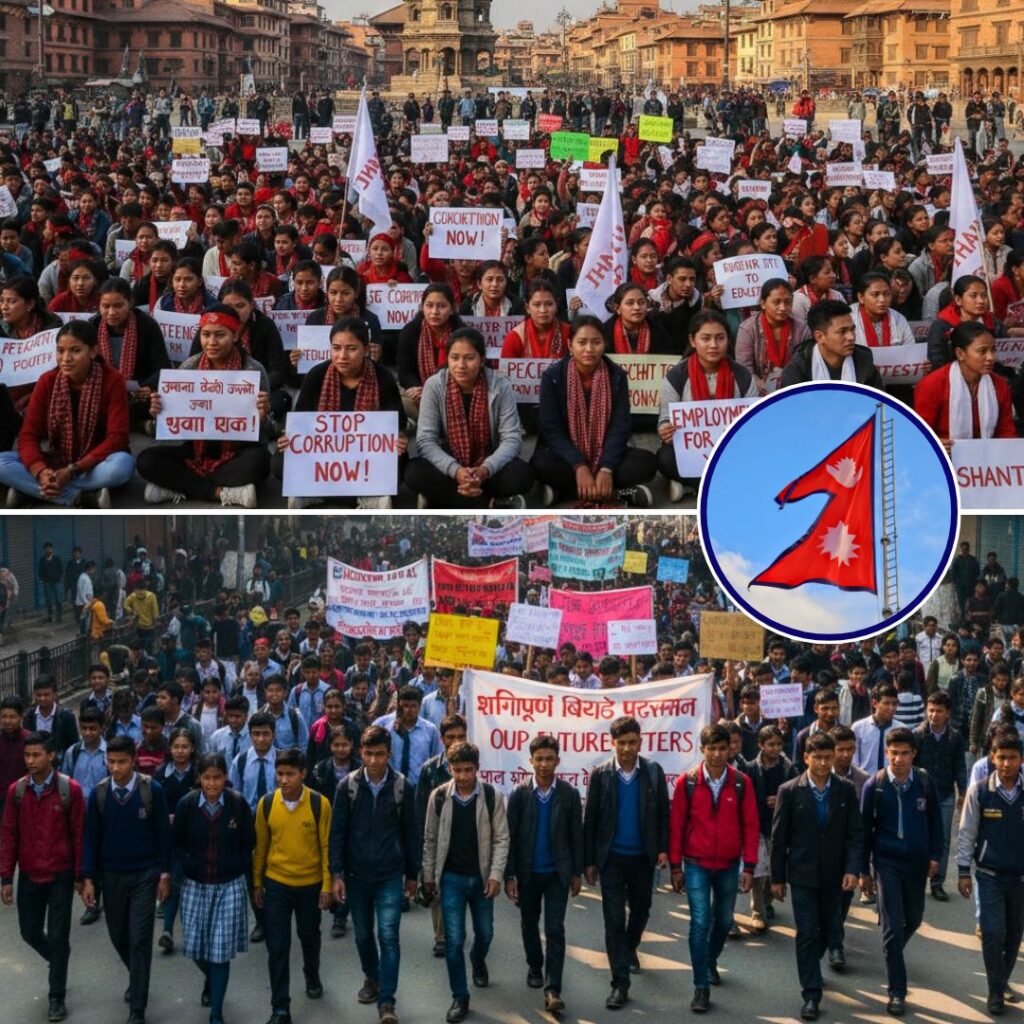The COVID-19 pandemic, the lockdown and the devastating Cyclone Amphan have led to renewed concerns for the environmental refugees from Bengal’s ‘vanishing’ island of Ghoramara.
According to a Hindustan Times report, 50-year-old Sheikh Abdul Rauf who returned home in Ghoramara after the Janata Curfew in March was followed by his four sons all in ages ranging from the late 20s to early 30s. They returned from Kerala a day later on March 24.
The fear of the pandemic and the subsequent lockdown have driven all of back to their home on the island.
‘But see our fate. We were forced to leave the island in search of work after losing all our farmlands due to the erosion caused by rivers. Then the virus forced us to come back. Now the cyclone has again evicted us. Where are we supposed to go now?’ Rauf said as he stood outside his hut, that was battered by the cyclone.
Ghoramara, situated at the southern tip of Bengal has been reduced to 4.8 square kilometre as compared to more than 9 sq km in the 1970s due to severe erosion by three rivers.
Scores of people like Rauf had to leave their homes behind to look for employment in other states. Rauf works as a tailor in Kolkata’s Kidderpore area.
‘From a total of around 7,000 people around a decade ago, the population has been reduced to 5,000. While many have gone to other states in search of work, around 1,200 have left the island permanently and have settled elsewhere like Sagar Island, which is much bigger. But because of the fear of the pandemic and the lockdown, at least 200 – 250 people, of the 500-odd people who had gone to other states for work, have come back,’ Sanjib Sagar, panchayat pradhan of Ghoramara informed.
This particular panchayat is interesting because it consists of only five members and making it the smallest in West Bengal.
Reportedly, every time the rivers erode a portion of the island, villagers lose their residence and are forced to move further inland to rebuild their houses. There are people on that island who have had to rebuild their houses six times and are left with no farmland. Earlier they had to resort to purchasing land from other villagers.
‘I returned home after a woman in the locality where I used to stay in Kerala tested positive for COVID-19. There were 20 of us from various villages on the Ghoramara island. We all returned together just before the lockdown. But now we have been evicted again. We can’t even go back to Kerala as the disease is spreading. Back home we have lost everything because of the cyclone,’ Chandan Chowdhury was quoted as saying. His family had to rebuild the house at least five times.
Chowdhury along with his family, and a few hundred other villagers, had to be evacuated just before the storm. Some, however, returned to the island on May 24 to restart life.
Ghoramara once harboured three Mouzas which is a type of administrative district. Out of these, two, including Lohachura, have eroded completely.
‘The island is vanishing primarily because of river erosion. Many argue that it is the rising sea level. Had it been for the rising sea, many other islands in the area, like Nayachar, would have vanished. But whatever reason it may be, these environment refugees now face an uncertain future,’ Tuhin Ghosh, director of School of Oceanographic Studies at Jadavpur University was quoted as saying.
Amphan Devastation
Considered to be West Bengal’s fiercest cyclone in decades, Amphan’s rage has caused irreparable damage on the ecological fragile Sundarbans region and its people in South and North 24-Parganas.
Sundarbans is a biosphere reserve area and is known for its famous Bengal Royal Tigers. It is also listed as a UNESCO World Heritage Site.
On the Indian side of Sunderbans, the world’s largest mangrove wetland, there are a total of 102 Islands in the ecologically fragile region, however, human habitation is restricted mainly on 54 Islands (some of them connected with bridges).
Reportedly, the worst affected areas include Ghoramara Dweep and Kalinagar in Kakdwip, Naamkhana, Bakkhali, Frasergunj, Sagar and Pathor Pratima Island in South 24-Parganas.
Sundarbans Affairs Minister Manturam Pakhira has informed that nearly 17,800 hectares of agricultural lands may have been damaged because of saline water from seas entering the farms.
‘Our estimate suggests that nearly 1,08,000 farmers have been affected. This is going to be a black day in the history of Sundarbans,’ he said.
Also Read: Trees Cut In 16 Hectare Untouched Land In Elephant Reserve To Make Way For Coal Mining: RTI











